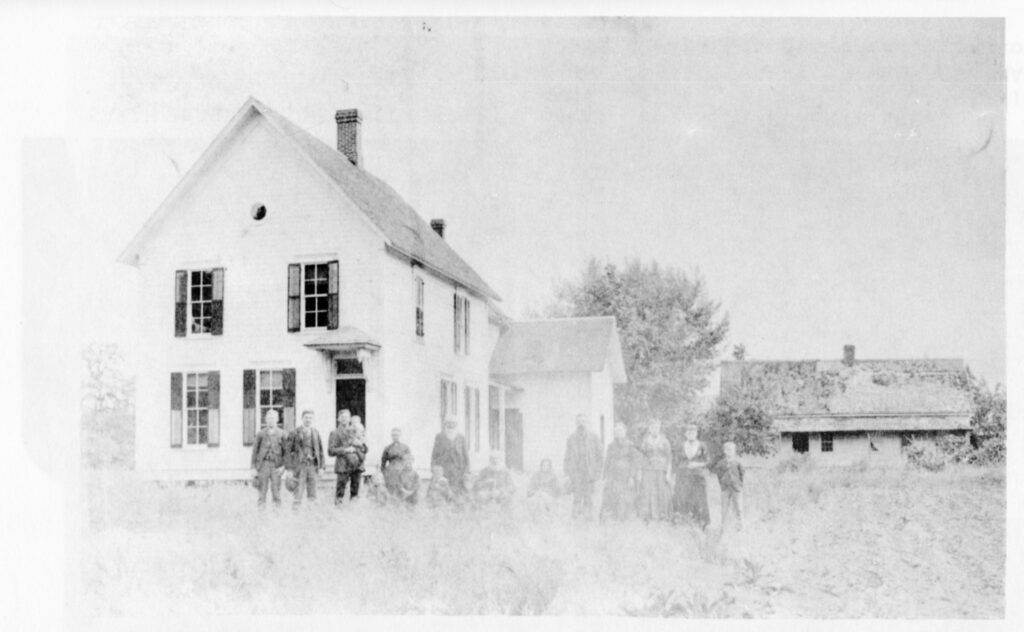Oregon Trail Origins
The area where the City of Banks now resides was once part of a vast and vibrant network of Native American settlements and trade routes that had flourished for more than 5,000 years. Before 1780, it is estimated that as many as 3,000 people, members of the Atfalati Kalapuya people, called this area home.
Oregon Trail pioneers Peyton and Anna Wilkes and their children were the Banks area’s first permanent Euro-American settlers. The Wilkes family arrived via the Oregon Trail with the Barlows in 1845 and, in 1847, laid claim to 634.49 acres of land — nearly an entire section — that included the place where Banks would eventually grow. They initially built a log cabin and, in the early 1870s, Jabez Wilkes, the son of Peyton and Anna, built a stately new home.
Historical records indicate the Wilkes family lived harmoniously alongside the Atfalati, who used the land along Dairy Creek for their summer encampments. Recently uncovered historical information, first-person accounts, and Native American objects found in an archeological survey in the area indicate there was a rich cultural exchange that took place here.

Settlement Growth
Meanwhile, a settlement grew up around the Wilkes’ property. In 1870, William Mills donated part of his land for a cemetery – now called Union Point Cemetery. A Post Office was started in the late 1890s, officially being established on January 21, 1902. Ewell S. Turner (1870 – 1919) was the first Postmaster. Montgomery “Gum” Turner, a brother of Ewell, was a storekeeper in Greenville, a settlement two miles to the south of the current town ot Banks. It was a small community developed as a meeting place for trappers and early area settlers.
Modern Destruction
In 2024, the Wilkes House and its 150 years of Oregon Trail pioneer architecture and cultural history were tragically wiped out in a matter of minutes — despite there being no need or urgency to do so.
Visit our Media page to learn about our preservation effort and read the media coverage
